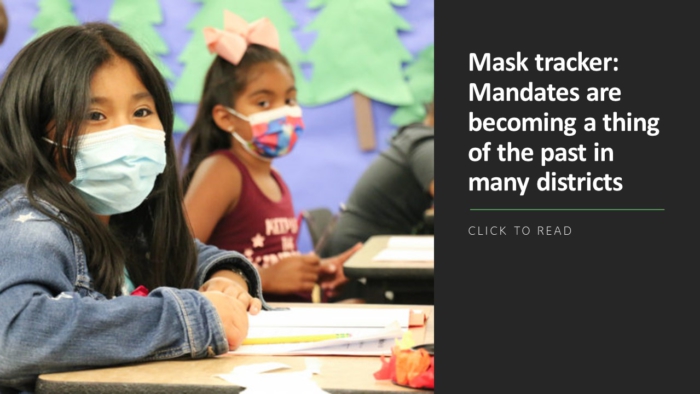The nation’s principals stood front and center as their schools grappled with remote instruction, masking disputes, and many of COVID’s other existential challenges. Not surprisingly, warnings of extensive burnout and a “mass exodus” of principals from the profession have been heard as K-12 emerges from the pandemic.
In one state, optimism among principals is tempered by the likelihood of ongoing, unsustainable workloads, says a new University of Minnesota survey that highlights the issues facing building leaders across the nation. “The results of this survey indicate that while principals remain optimistic about their roles, there are some specific areas, like race and equity, instructional leadership, and mental health where they may need additional support and professional learning,” says Katie Pekel, the university’s principal in residence and lead of the first-of-its-kind Minnesota Principals Survey.
On the bright side, the nearly 780 principals who took the survey this winter expressed high job satisfaction. Some 83% agreed that they were generally happy in their work due to their relationships with students and staff, and watching young people grow “socially, emotionally, and academically.” And more than 9o% felt their work was valued by school staff.
However, principals also reported working an average of 59 hours a week, a schedule many said they could not sustain long-term. And while a large majority agreed that serving as an instructional leader was their most important role, nearly two-thirds said they hadn’t had enough time to devote to it. In fact, many principals said they’ve spent more time on administrative tasks than they would have liked.
In December, almost four in 10 principals said they are likely to leave the profession in the next three years, according to a survey by the National Association of Secondary School Principals, which gauged the impacts of COVID, the polarized political climate and resource needs. In another poll, four out of five secondary principals reported frequent job-related stress. Principals of color, female principals, principals serving high-poverty schools, and principals serving schools with high enrollment of students of color were especially likely to suffer stress, according to research by the RAND Corporation.
Top challenges
- Heavy workloads
- Too much time spent on administrative tasks
- Too little time for instructional leadership
- Need for more mental health resources
- Lack of influence over state and district policy
The need for more robust mental health supports for students and staff was one of the biggest lessons respondents to the Minnesota survey said they will take away from the COVID experience. Mental health was also where principals saw the greatest need for additional resources. Enhanced use of technology and better communication with families were among the most positive impacts of the pandemic reported by Minnesota principals.
“This survey not only reflects what principals are thinking, it provides state and local leaders with valuable data as they consider future policies and supports for schools and their leaders,” says Tom Brenner, principal of Cloquet Middle School and president of the Minnesota Association of Secondary School Principals. Here are several other findings that should be of interest to superintendents and their leadership teams:
- Advancing racial equity was more desired as a professional development topic among metro-area principals than for building leaders in less populous regions.
- Principals want greater influence in both state and district policy but say they don’t have enough time or knowledge of the process to get engaged effectively.
- Principals reported the most confidence in management and decision-making, and the least confidence in instructional leadership.
- They were most confident about hiring new teachers, establishing discipline practices, and evaluating teachers.
- They were least confident about leading difficult conversations with staff about gender identity, supporting culturally responsive pedagogy, and addressing staff mental health challenges.
More from DA: Here’s what just replaced COVID as K-12 leaders’ top school safety concern



